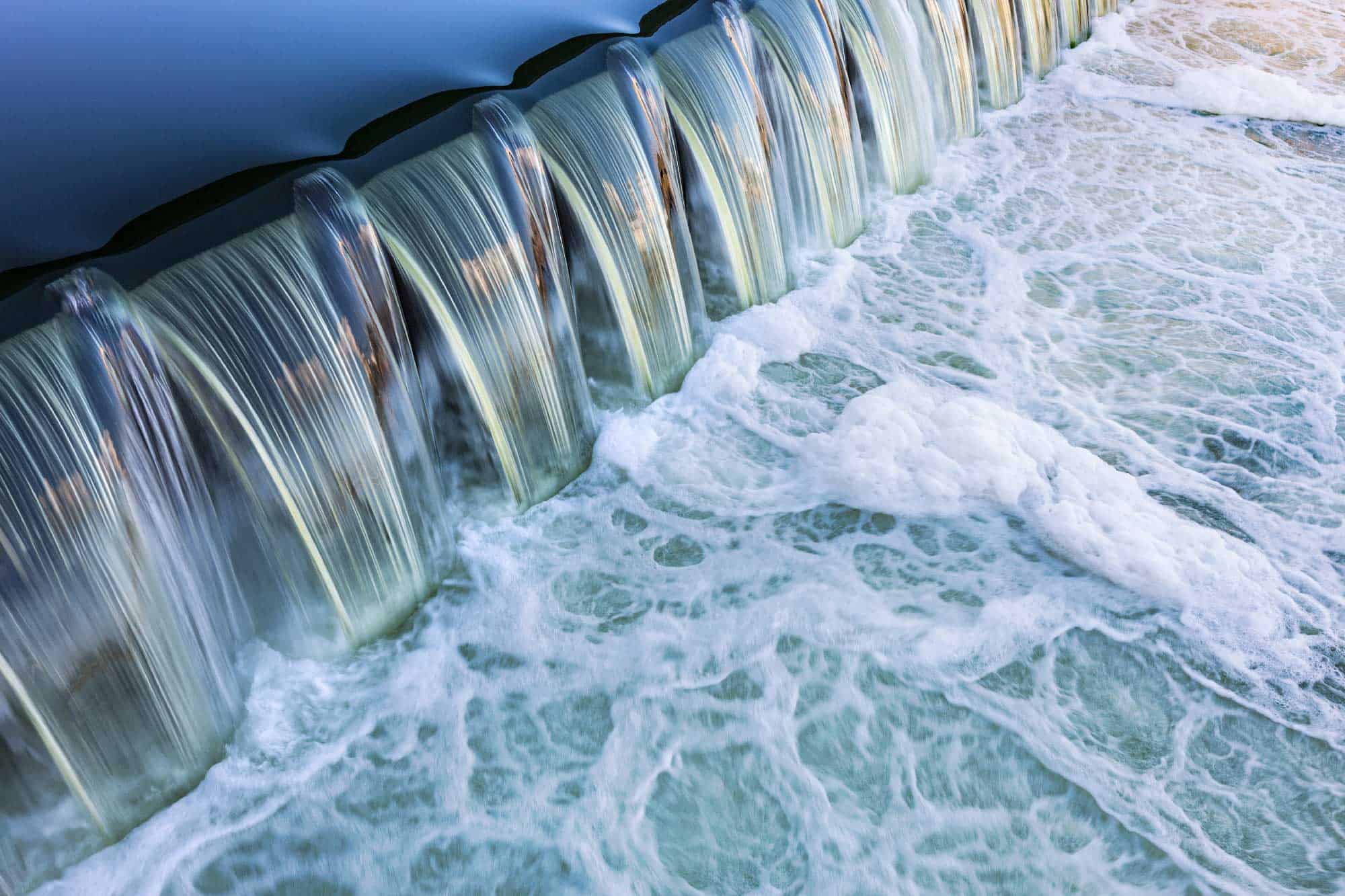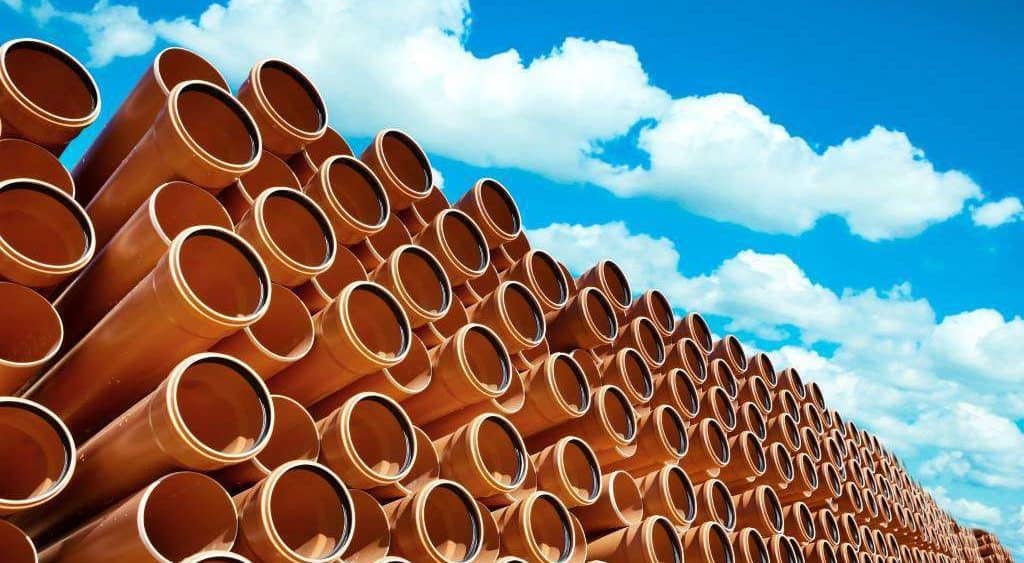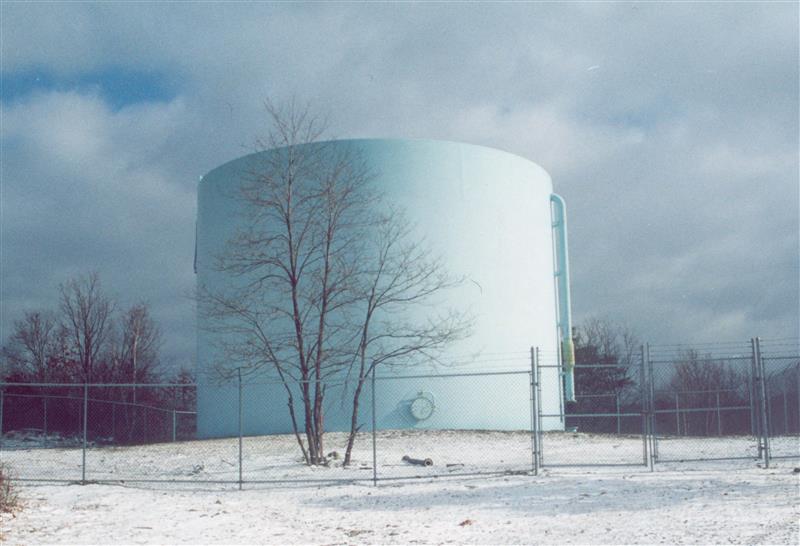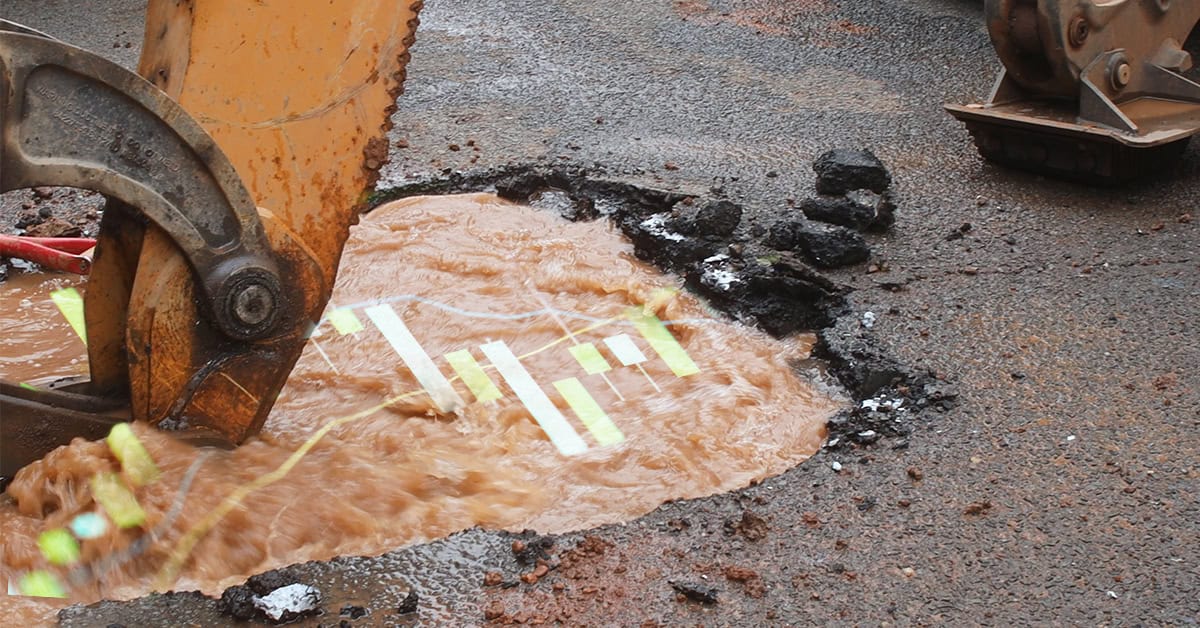Pipe manufacturers have been feuding forever to prove that their pipe has better head loss characteristics than their competitors. I’m certainly not going to give a definitive answer in this blog.
Recently though, the Uni-Bell PVC Pipe Association has published the report, “Hydraulic Testing of PVC Pipe,” which was developed by Uni-Bell, the Utah Water Research Lab, and ME Simpson.
You can find the study report here. http://www.uni-bell.org/Portals/0/ResourceFile/hydraulic-testing-of-pvc-pipe-laboratory-and-field-tests-confirm-flow-coefficients.pdf
They did hydraulic testing on 111 ft of 6-inch (ID = 5.88 inches) and 222 ft of 12-inch (ID =11.65 inches) pipe. For velocities between roughly 2 and 10 ft/s, they measured C Factors of 158 for the 6-inch and 155 for the 12-inch pipes. For a single, 46-year-old, 8-inch pipe, they measured C as 164. They concluded that a C Factor of 150 was conservative.
End of study, right?
It depends on how you are using the C Factor and how precise and conservative you choose to be. In a research study like this, you want to use the actual ID of the pipe. But in applying the value to a hydraulic model or some other analysis, does the user of the value know the actual ID? Models are built from a GIS or some other drawing based on as-builts. In these data sources, pipes are labeled by their nominal diameter because that’s all that is known about them. I don’t recall ever seeing a hydraulic model of a real system where the pipes are not labeled by their nominal diameter. You’ll see a lot of “6” but never “5.87” even if that’s a good value for a DR 14 pipe, which is common.
What does a C Factor for a 5.87-inch pipe look like for a 6-inch pipe? You can write out the Hazen-Williams equation for actual and nominal diameter pipes. You can set the two equations equal, and for a given set of test flow, head loss, and length, cancel out most terms until you are left with: Cn=Ca (Da/Dn )2.63
Where C =- C Factor and D = diameter, a = actual, n = nominal
If you measure C = 150 for a 5.87-inch pipe but you use a 6-inch pipe in your model, the equation above says you should use 141 for the C value in the model. On the other hand, if you use 157 as the actual value, then you should use 148 in the model.
The good news is that, with some exceptions, whether you use 141, 148, or 150, the model results will not differ much. With a hydraulic model, it is usually trivially easy to perform a sensitivity analysis. In WaterGEMS, you can set up two scenarios and compare them, or in Calculation options, you can easily apply a Roughness Adjustment and rerun the model in a few seconds.
Things get a little more extreme when you are comparing different pipe materials. Let’s say you find that the C Factor for a cement mortar ductile iron pipe should be 140 based on a 6-inch diameter pipe. But because a 6-inch ductile iron pipe can have an ID of 6.4 inches, the value to use in calculations should be 166.
So, even though this was a nicely written report that sheds some light on the subject, the battle of the pipe materials continues.
And just to open another can of worms, real water systems have minor losses due to open or partly open valves, bends, Tees, Crosses, or other fittings. In most cases, they can be ignored with minimal impact, but what impact they do have is to lower the C Factor of the pipe. So, a C Factor for a straight run of pipe in the lab that shows a C of 150 may not be as conservative as we think.
In more good news, modern pipe materials don’t lose carrying capacity at a significant rate, as did old unlined cast iron pipe. I have a copy of Willams and Hazen’s original 1905 book, Hydraulic Tables. They recommended using a value of 100 for design. Nevertheless, despite the uncertainty in pipe roughness, there are a lot of water system pipes that are doing a great job.
So, in the end, what is the right C Factor? The answer to the question in my title is—I don’t know.
If you want to contact me (Tom), you can email [email protected].









